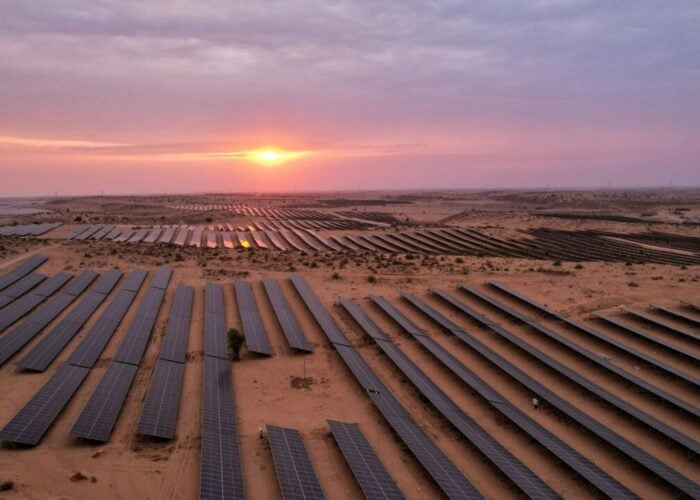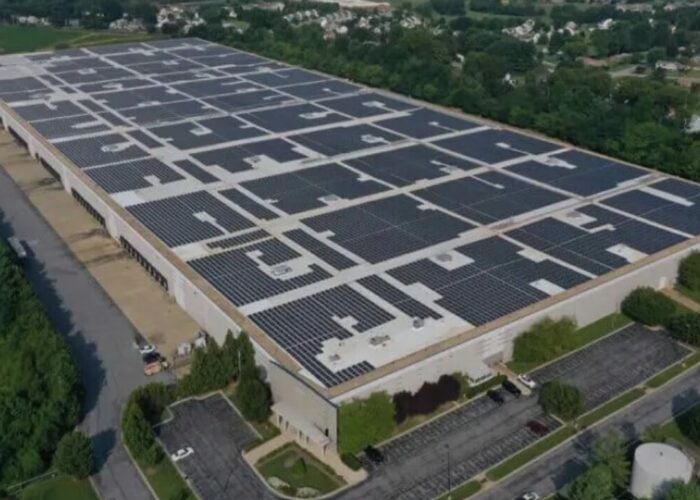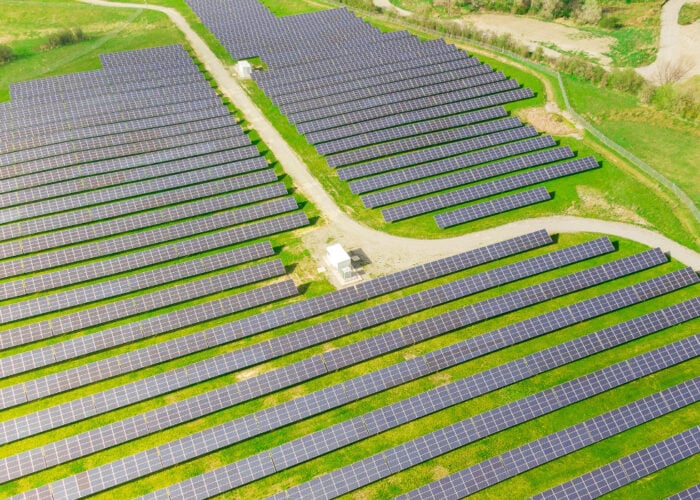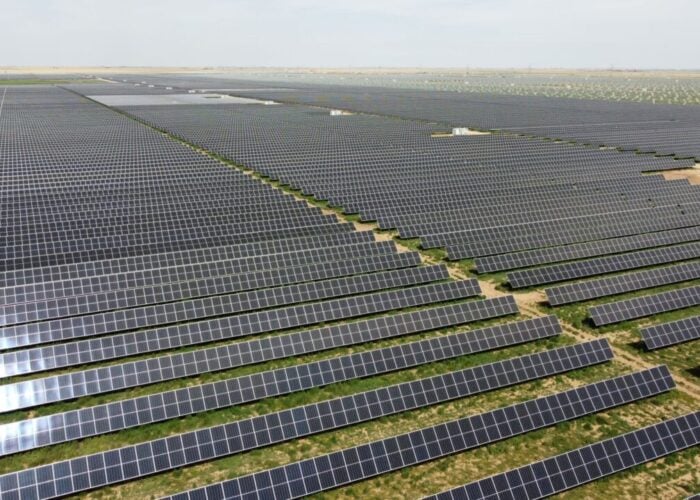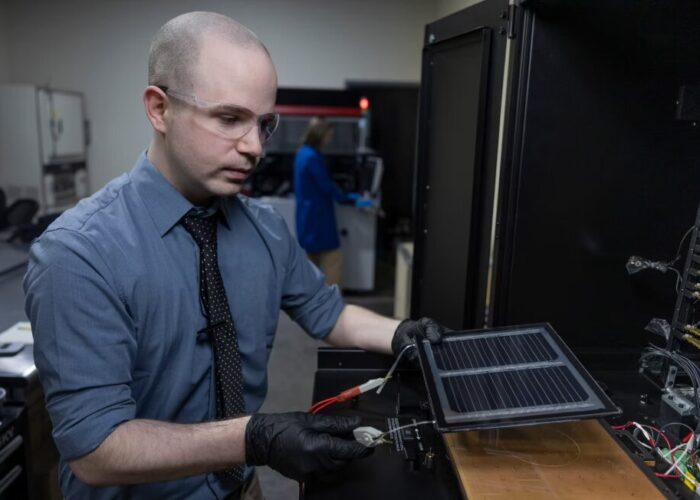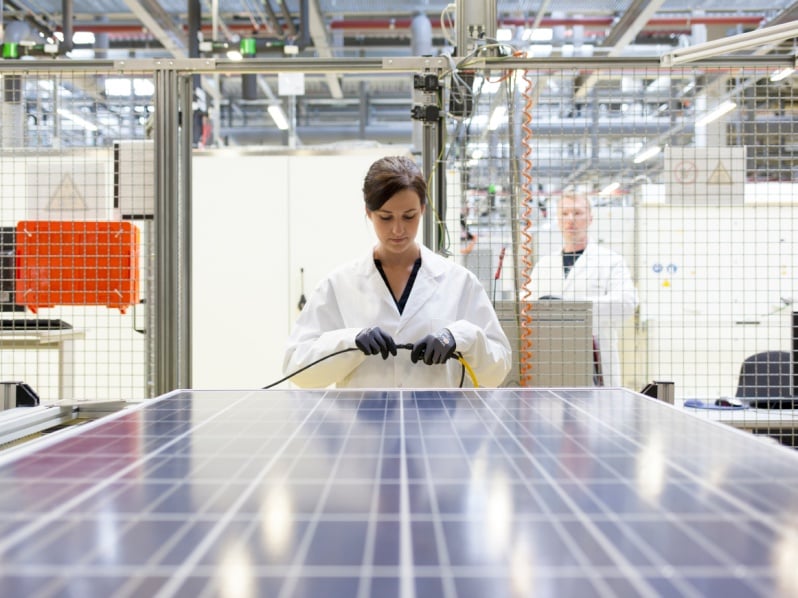
Hanwha Solutions has an “ambitious plan” to revitalise US solar manufacturing increasing its stake in polysilicon producer REC Silicon, although it has called on the US to pass the Solar Energy Manufacturing Act (SEMA) to help support this.
As PV Tech reported yesterday, Aker Horizons ASA has agreed to sell its remaining shares in REC Silicon to Hanwha Solutions in what Aker said was a “major step in rebuilding the US solar supply chain”.
Unlock unlimited access for 12 whole months of distinctive global analysis
Photovoltaics International is now included.
- Regular insight and analysis of the industry’s biggest developments
- In-depth interviews with the industry’s leading figures
- Unlimited digital access to the PV Tech Power journal catalogue
- Unlimited digital access to the Photovoltaics International journal catalogue
- Access to more than 1,000 technical papers
- Discounts on Solar Media’s portfolio of events, in-person and virtual
Or continue reading this article for free
In November, Hanwha bought a 16.67% stake in REC Silicon in a deal worth around US$160 million, with Hanwha Solutions looking to reopen REC Silicon’s Moses Lake polysilicon factory in Washington.
Hanwha Solutions has now bought out Aker Horizons’ remaining shares, acquiring an additional 4.67% stake and becoming the company’s largest shareholder in a deal worth US$44 million. Hanwha now holds a 21.34% stake in REC Silicon and its total investment in the business stands at US$204 million.
REC Silicon operates two polysilicon manufacturing facilities in the US: Moses Lake, Washington and Butte, Montana. Their combined annual production capacity totals 18,000MT, including 16,000MT of solar grade polysilicon at Moses Lake.
The Moses Lake site uses a fluidised bed reactor (FBR) technology to produce granular polysilicon that REC Silicon said uses 90% less power than the traditional Siemens process. The polysilicon produced at Moses Lake will be used by Hanwha Q CELLS, the PV module manufacturing division of Hanwha Solutions, to produce panels for the US market.
Hanwha said it currently operates the largest module production facility in the US through Q CELLS. The Georgia-based factory can produce 1.7GW modules per year, making up nearly 20% of total module production capacity in the US.
Hanwha said the investment would also “help American businesses secure the raw material critical to the solar supply chain as global competition over clean energy sources intensifies in the coming years”.
But the acquisition of more REC Silicon shares is merely a “prelude to Hanwha’s larger ambition of rebuilding the full US solar supply chain”, the company said in a statement.
“Having secured a stable supply of key raw materials for photovoltaic panel production, the company intends to follow up with subsequent investments in virtually every sub-sector of the domestic solar manufacturing industry, ranging from key raw materials like polysilicon to fully assembled solar modules,” Hanwha said.
Passing of SEMA critical to long-term prospects
Key to Hanwha’s ambitions in the US is the passing of SEMA, which contains long-term measures to attract and sustain domestic solar manufacturing in the US, Hanwha said.
SEMA, introduced by Democratic Senator Jon Ossoff, would establish new tax credits to rapidly boost American solar manufacturing, providing support for each stage of the supply chain, including polysilicon, wafers, cells and modules.
PV Tech Premium has taken a more in-depth look at the proposals, described by some as ‘a new hope for American manufacturing’.
Hanwha said that, if passed, the Act would “boost America’s panel manufacturing capacity and create massive job opportunities in the solar industry.”
“Enacting SEMA is key to fulfilling our pledge to rebuild the US solar supply chain with fully ‘Made in America’ products,” said a Hanwha Solutions spokesperson.
The bill was included in the House of Representatives’ clean energy and climate tax package and passed by the lower chamber of Congress last year. It still needs to go through the Senate, however, and be signed into law by US President Joe Biden.

